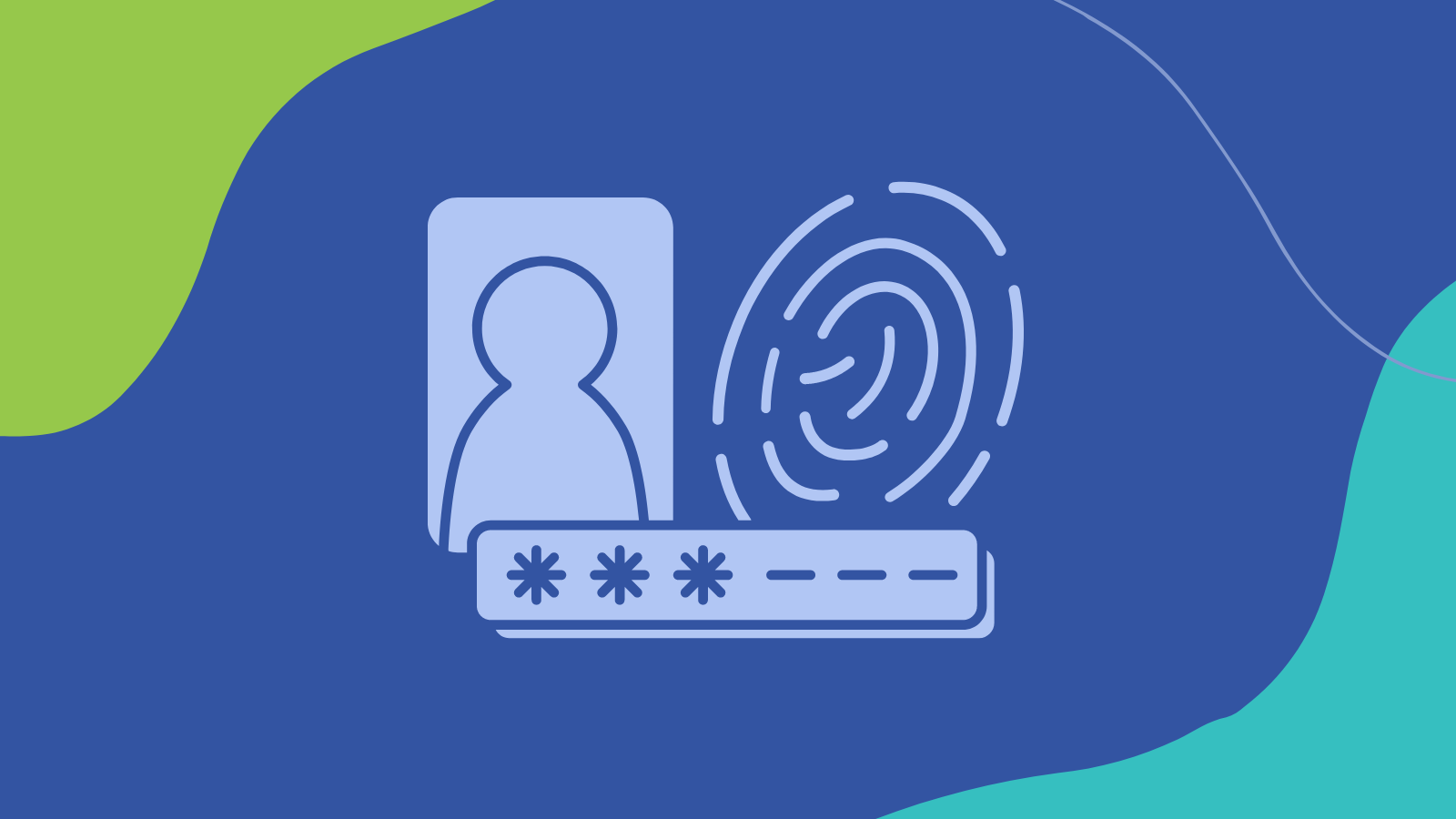In the current fast-paced digital world data is the essential ingredient in the modern day business. In everything from financial records for customers to customer information, each department is dependent on access to reliable data. As businesses become ever more dependent on tech, they become more prone to security threats.
The threat of cyberattacks and accidental deletions and natural disasters could be a threat without warning and disrupt business and causing substantial losses.
Table of Contents
Understanding the Concept of Layered Protection
Layered data protection is the process of creating multiple defenses around crucial information. Instead of relying solely on a single system or program this approach combines a variety of strategies that complement and overlap each other. If one of the controls fails, another is prepared to react.
These layers could include security devices like firewalls, antivirus software, as well as intrusion detection systems and guidelines that regulate the way data is stored and accessible. Physical safeguards, such as secure off-site storage, provide another layer of protection. Together, they provide a security net that reduces the risk of losing all data.
The Growing Complexity of Data Threats
The threats to data have become more sophisticated and diverse. Cybercriminals are now using sophisticated methods such as ransomware, phishing and even social engineering in order to get access to systems that are sensitive. In the meantime, internal risks like human error errors in configurations and accidental deletions are frequent.
As businesses embrace cloud platforms remote work, cloud-based platforms, as well as digital tools for collaboration, data is more scattered and becomes harder to manage. The threats no longer originate from a single direction and each connection can lead to a new security risk.
The Cost of Downtime and Data Loss
If data is not available operations are slowed down or even cease entirely. The financial cost of this can be significant especially for mid-sized and small-sized companies which depend on constant access to operational and customer information.
A multi-layered security strategy can minimize the risks. It stops minor problems from turning into major interruptions, and also ensures that crucial information is restored quickly in the event of a problem. Reducing downtime isn’t only a matter of convenience, it is an essential business goal.
Combining Digital and Physical Defenses
While digital security tools are vital however, they cannot be used on their own. Physical defenses play an crucial roles in protecting the data of business. Access control and off-site storage safeguard against environmental damages as well as theft and equipment failure.
Hybrid systems that mix both on-site and off-site options offer flexibility and resiliency. For instance, a business can store files frequently used locally for convenience, while keeping archived archives for the long term in a secure, separate place. This will ensure that data is secure even when one of the environments is damaged.
The Role of Advanced Backup Strategies
Backup systems are the basis of any security plan for data. However there are a few backup options that provide the same level of security. Some are hosted on the internet or within one network. That may expose them to attack or malfunctions in the system.
A good strategy is to use multiple backup options and storage types. Local backups, cloud replication offline storage, and local backups each serve a specific reason. Incorporating air gap backups Air gap backup is an additional layer of protection by keeping a separate copy of the data separate from networks. This ensures that, even when a cyberattack compromises networks, the separate copy is secure and can be utilized to restore operations.
Employee Awareness and Policy Enforcement
Technology alone can’t secure information. Human behavior plays an important role in maintaining the security of systems. Simple errors such as poor passwords, clicking dangerous links, or ignoring sensitive data can result in serious security breaches.
To protect themselves employees should be aware of their obligations and adhere to strict policies regarding data handling. Regular training sessions, exercises to simulate phishing as well as internal communications can help raise awareness. When employees recognize the possibility of dangers and take action and responsibly, they are one of the most important layers of any protection strategy.
Regular Testing and Continuous Improvement
Even the most secure security systems require constant attention. The data environments are constantly changing as do the possible vulnerability. Regular testing makes sure that the various layers of security remain in place and up to current.
Tests of backups periodically confirm that recovery processes function in the way they were intended. Security audits can help uncover ineffective tools or undiscovered weaknesses. Simulation-based recovery exercises allow teams to gain an experience in the field as well as confidence about their abilities to handle real-life situations.
How Layered Protection Supports Business Continuity
A multi-layered plan for data protection is more than just a way to protect against data loss. It also guarantees security and stability. If each layer is working together, businesses can continue to operate even during interruptions. Customers are not affected by service interruptions and employees are able to resume their jobs quickly.
Secure protection also helps ensure the compliance of data regulations and helps build trust with clients and partners. In a competitive market being recognized for its security and reliability could distinguish a company from the rest. Reputation and business continuity are inextricably linked, and a multi-layered approach can help strengthen both.
Conclusion
Data security is no longer a luxury or restricted to a single device it’s a basic necessity. Companies must be aware of the ever-growing variety of digital and physical threats that could cause damage to critical data. Layering strategies ensure that if one security is not successful, other systems remain in place, thus ensuring continuity.
The combination of smart technology, educated employees, and a variety of backup systems provides a base of security. Any business, no matter the its size, or the industry it operates in will benefit by being prepared for the unforeseeable. A layering strategy is not only a way to protect against losses, it is a proactive investment for the future of success and peace mind.

